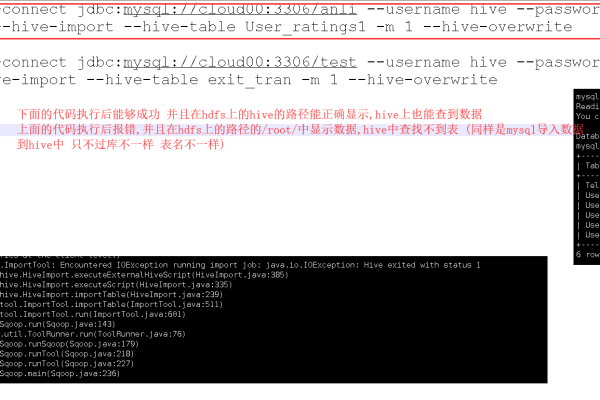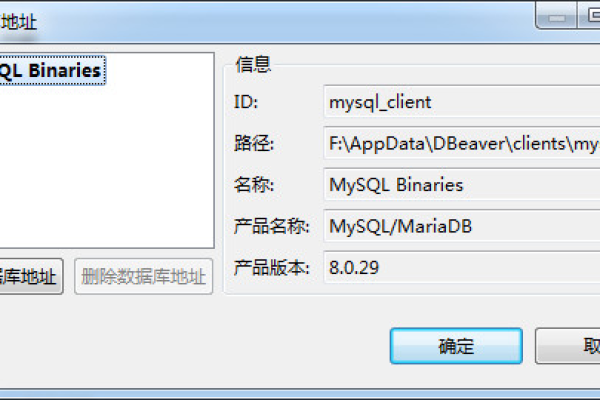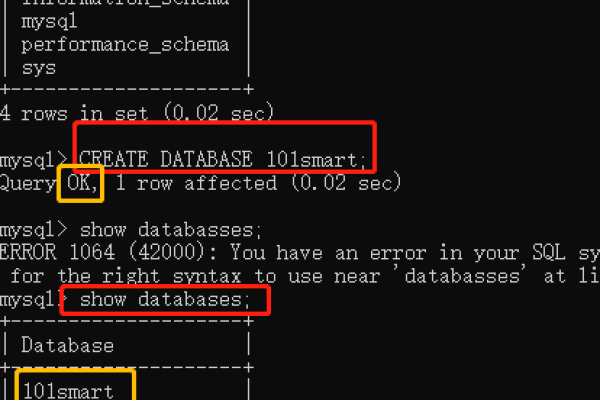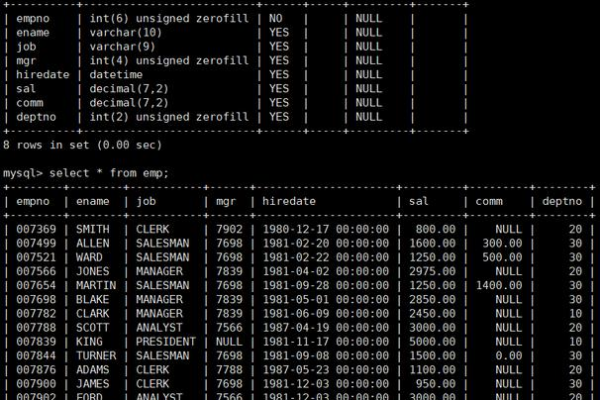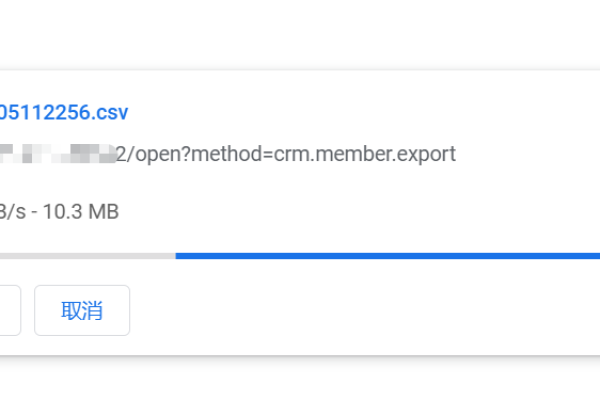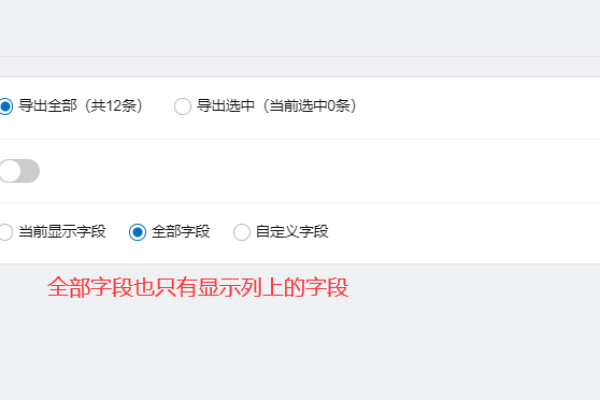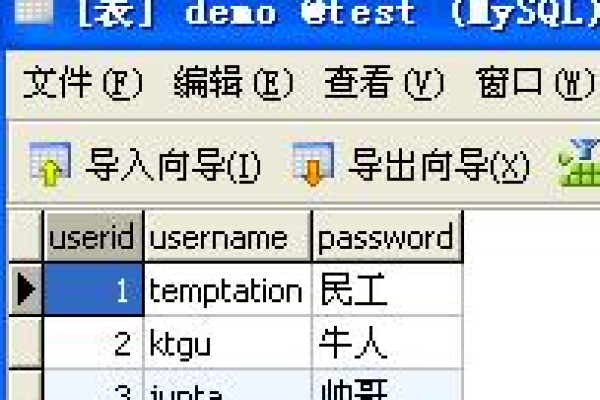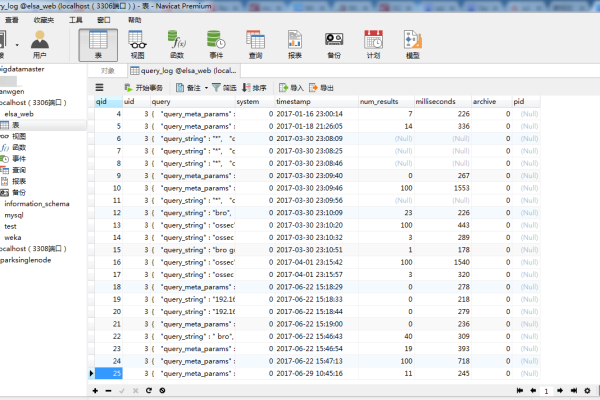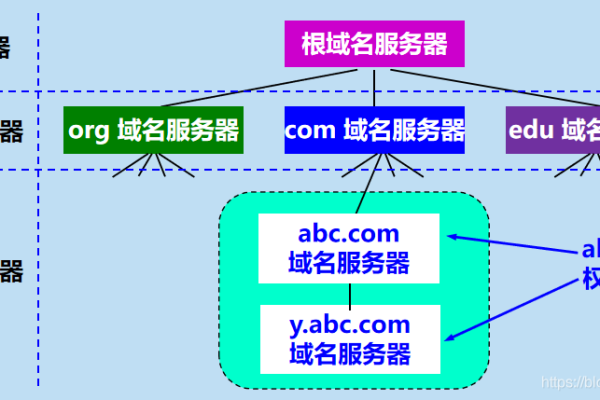c#数据库与TXT导入导出的实例
- 行业动态
- 2025-02-05
- 1
C#数据库与TXT导入导出实例:该实例展示了使用C#语言实现数据库与TXT文件之间的数据导入导出操作。通过具体代码示例,详细阐述了如何连接数据库、读取TXT文件中的数据并插入到数据库表中,以及如何将数据库中的数据查询出来并写入到TXT文件中,为数据处理提供了高效便捷的解决方案。
在C#中,实现数据库与TXT文件的导入导出操作,通常涉及到对数据库的操作以及对文件的读写,以下是一个详细的实例,包括将数据从数据库导出到TXT文件以及将TXT文件中的数据导入到数据库的过程。
数据库到TXT文件的导出
1、建立数据库连接:需要建立与数据库的连接,这通常通过使用SqlConnection类来实现。
2、执行SQL查询:使用SqlCommand对象来执行SQL查询,以获取要导出的数据。
3、读取数据并写入TXT文件:使用SqlDataReader来读取查询结果,并将数据写入到TXT文件中,这可以通过StreamWriter类来实现。
以下是一个简单的示例代码,演示了如何将数据库中的数据导出到TXT文件:
using System;
using System.Data;
using System.Data.SqlClient;
using System.IO;
class Program
{
static void Main()
{
string connectionString = "your_connection_string_here";
string query = "SELECT * FROM your_table_name";
string txtFilePath = "output.txt";
using (SqlConnection connection = new SqlConnection(connectionString))
{
SqlCommand command = new SqlCommand(query, connection);
connection.Open();
using (SqlDataReader reader = command.ExecuteReader())
{
using (StreamWriter writer = new StreamWriter(txtFilePath))
{
// 假设表的第一行是列名,先写入列名
for (int i = 0; i < reader.FieldCount; i++)
{
writer.Write(reader.GetName(i) + "t");
}
writer.WriteLine();
// 写入数据行
while (reader.Read())
{
for (int i = 0; i < reader.FieldCount; i++)
{
writer.Write(reader[i].ToString() + "t");
}
writer.WriteLine();
}
}
}
}
}
}TXT文件到数据库的导入
1、读取TXT文件:使用StreamReader类来读取TXT文件中的数据。
2、解析数据:根据TXT文件中的数据格式(如列分隔符),解析出每一行的数据。
3、插入数据到数据库:使用SqlCommand对象来执行INSERT语句,将解析出的数据插入到数据库中。
以下是一个示例代码,演示了如何将TXT文件中的数据导入到数据库:
using System;
using System.Data;
using System.Data.SqlClient;
using System.IO;
class Program
{
static void Main()
{
string connectionString = "your_connection_string_here";
string txtFilePath = "input.txt";
string insertQuery = "INSERT INTO your_table_name (column1, column2, ...) VALUES (@value1, @value2, ...)";
using (SqlConnection connection = new SqlConnection(connectionString))
{
connection.Open();
SqlCommand command = new SqlCommand(insertQuery, connection);
using (StreamReader reader = new StreamReader(txtFilePath))
{
string line;
while ((line = reader.ReadLine()) != null)
{
string[] values = line.Split('t'); // 假设列之间用制表符分隔
command.Parameters.Clear();
command.Parameters.AddWithValue("@value1", values[0]);
command.Parameters.AddWithValue("@value2", values[1]);
// 根据实际列数添加更多参数
command.ExecuteNonQuery();
}
}
}
}
}FAQs
Q1: 如果TXT文件中的数据格式不规范(如缺少某些列的值),应该如何处理?
A1: 在解析TXT文件时,可以添加额外的逻辑来处理这种情况,可以为缺失的值提供默认值,或者跳过那些格式不正确的行,这取决于具体的业务需求和数据质量要求。
Q2: 如何处理大型的TXT文件和数据库表,以避免内存不足或性能问题?
A2: 对于大型文件和表,可以考虑使用分批处理的方式,可以每次只读取和处理文件的一部分,或者使用数据库的批量插入功能来提高性能,确保数据库和应用程序都有足够的内存和资源来处理这些数据也是很重要的。
本站发布或转载的文章及图片均来自网络,其原创性以及文中表达的观点和判断不代表本站,有问题联系侵删!
本文链接:https://www.xixizhuji.com/fuzhu/406273.html
